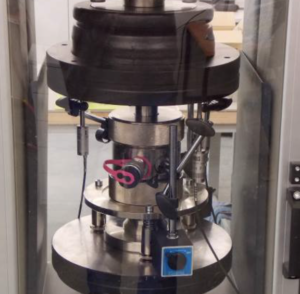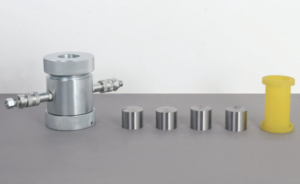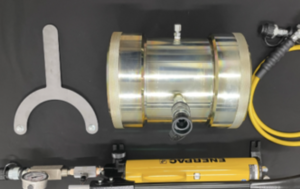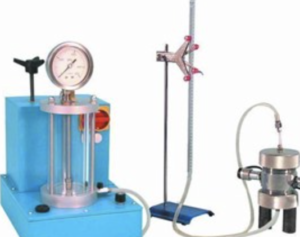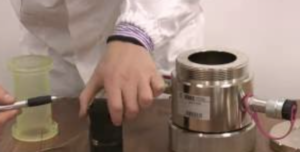How Do Soil Nutrient Testing and Analysis Optimize Fertilization in Precision Rice Planting in Paddy Fields?
In modern rice agriculture, achieving high yields while maintaining sustainability requires more than routine fertilization. It demands a deep understanding of what the soil needs, when it needs it, and how much it can hold1. That’s where soil nutrient testing and analysis2 come into play—offering rice farmers precise, data-driven insights to fine-tune fertilizer applications for each field. In precision paddy field management3, these tests reduce waste, protect the environment, and help unlock the full potential of rice plants, especially in high-demand, eco-conscious systems.
Soil Nitrate and Phosphate Content Tests for Tailoring Slow-Release Fertilizer Application in High-Yield Rice Fields
Nitrogen and phosphorus are two of the most important macronutrients for rice, directly influencing tiller production, leaf development, and grain filling4. However, their overuse—especially in paddy fields—leads to runoff pollution and inefficient nutrient use5. Testing for nitrate (NO₃⁻) and phosphate (PO₄³⁻) levels helps farmers decide exactly how much fertilizer is needed—and when to apply it.
Key Advantages:
- Prevents over-fertilization and nutrient leaching.
- Optimizes timing of slow-release nitrogen fertilizer for key rice growth stages.
- Increases nitrogen-use efficiency (NUE).
| Tested Nutrient | Optimal Range (mg/kg) | Fertilization Strategy |
|---|---|---|
| Nitrate-N | 15–25 | Apply coated urea at tillering stage |
| Phosphate-P | 10–20 | Use DAP pre-plant, supplement mid-season |
Using test data, farmers can implement site-specific fertilization plans that promote yield without compromising water quality.
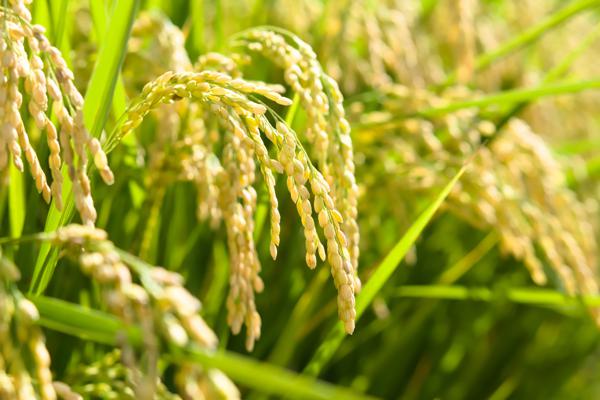
Soil Organic Matter Analysis to Guide Organic Fertilizer Input in Eco-Friendly Rice Cultivation
Soil organic matter (SOM) improves water retention, nutrient cycling, and microbial activity6—all essential for healthy rice growth in sustainable systems. Measuring SOM helps determine how much compost, green manure, or biofertilizer7 should be added to maintain soil fertility over time.
How It Supports Sustainability:
- Enhances nutrient availability naturally.
- Reduces dependence on synthetic fertilizers.
- Encourages carbon sequestration in flooded paddies.
| SOM Content (%) | Fertilizer Recommendation |
|---|---|
| 2.5% | Maintain levels: minimal external input |
In eco-farming systems, organic matter analysis aligns with climate-smart and regenerative rice production goals.
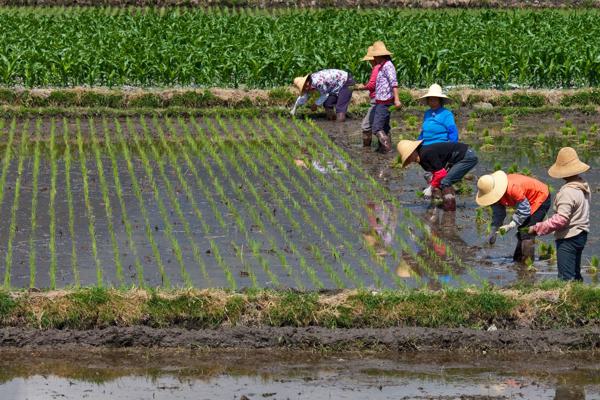
Soil Micro-nutrient Detection Tests for Preventing Element Deficiencies in Hybrid Rice Varieties
Hybrid rice varieties often require higher levels of micro-nutrients such as zinc, iron, and manganese—elements that are easily lost in submerged conditions or locked up in alkaline soils. Soil testing identifies deficiencies early, allowing timely correction through foliar sprays or enriched basal fertilizers.
Essential Micronutrients for Rice:
- Zinc (Zn): Prevents stunted growth and “white leaf”.
- Iron (Fe): Supports chlorophyll synthesis.
- Manganese (Mn): Crucial for enzyme function and disease resistance.
| Micronutrient | Critical Threshold (mg/kg) | Treatment |
|---|---|---|
| Zinc | < 1.0 | Apply zinc sulfate at transplanting |
| Iron | < 4.5 | Use iron chelates or ferrous sulfate |
| Manganese | < 2.0 | Correct with manganese sulfate foliar spray |
With these insights, nutrient imbalances in high-yield hybrid fields can be corrected before they impact productivity.
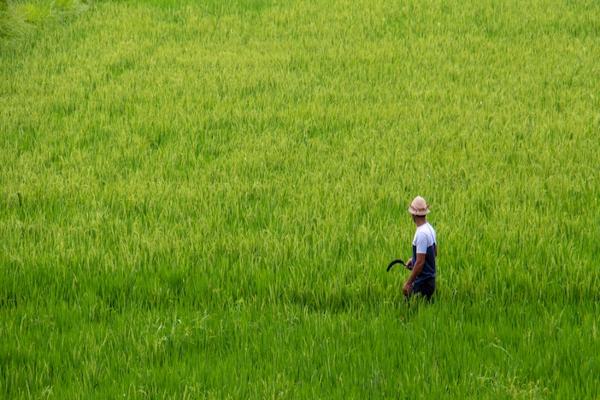
Soil pH and Cation Exchange Capacity Tests to Adjust Soil Acidity for Optimal Rice Root Growth
Rice thrives best in slightly acidic to neutral soils (pH 5.5–6.5). If the pH is too low or too high, nutrient availability drops, and root health suffers. Meanwhile, cation exchange capacity (CEC) indicates the soil’s ability to hold and exchange nutrients—vital for long-term fertility.
pH & CEC Testing Use Cases:
- Guide liming in acidic paddies to prevent aluminum toxicity.
- Support gypsum application in sodic soils to improve structure.
- Determine buffer capacity before intensive fertilization.
| Soil Condition | pH Range | CEC (cmol/kg) | Correction Strategy | |
|---|---|---|---|---|
| Acidic, low fertility | < 5.0 | 7.5 | > 25 | Apply gypsum + improve drainage |
By managing pH and CEC together, rice roots can maximize nutrient uptake and avoid stress during critical stages like flowering.

Conclusion
Soil nutrient testing is no longer optional—it’s fundamental to precision rice farming. Whether tailoring nitrogen application, guiding organic inputs, correcting micronutrient gaps, or managing pH and CEC, these tests help farmers grow more rice with fewer inputs. In flooded paddy fields where every kilogram of fertilizer counts, smart soil analysis means more than higher yields—it means sustainable food systems for the future.
-
Exploring this resource will provide insights into optimizing soil management for better crop yields and sustainability. ↩
-
This link will help you understand the importance of soil testing in enhancing crop productivity and environmental protection. ↩
-
Discover how precision management techniques can lead to sustainable rice farming and increased yields. ↩
-
Understanding these factors can help optimize rice cultivation for better yields and sustainability. ↩
-
This resource will provide insights into the environmental impacts of nutrient mismanagement in farming. ↩
-
Understanding these benefits can enhance your knowledge of sustainable agriculture practices and improve crop yields. ↩
-
Exploring this topic will provide insights into effective soil management techniques for sustainable farming. ↩

